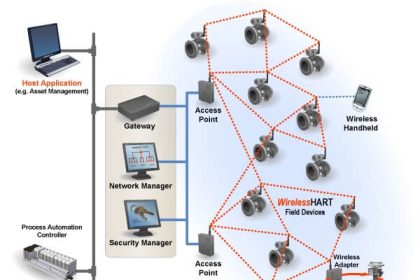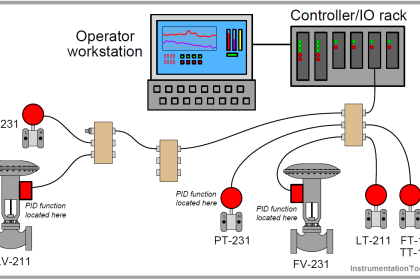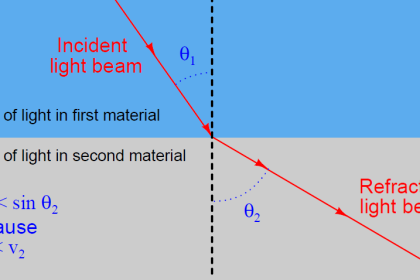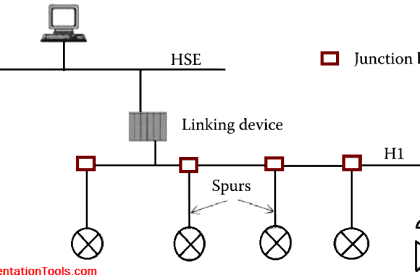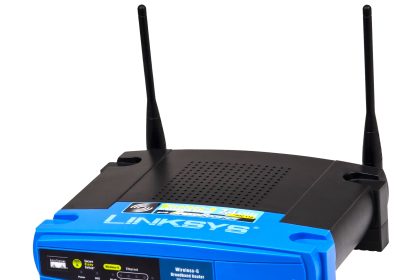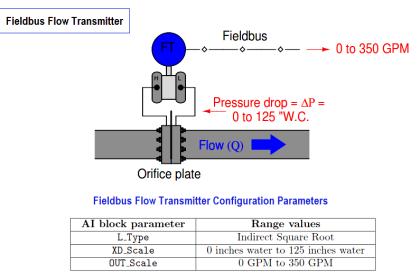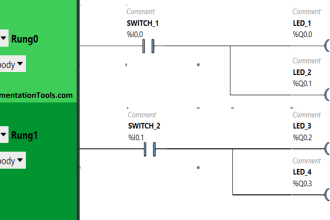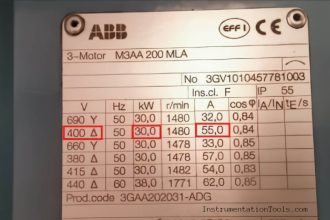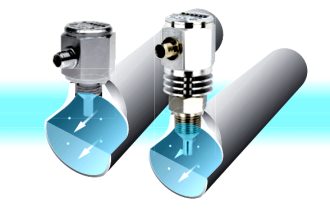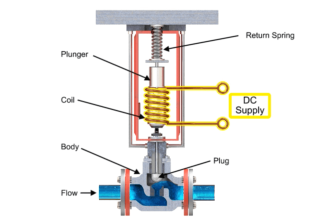Communication protocols are a very important part of PLC automation. Because most of the data is mostly going in software form nowadays, it is necessary to get an idea of all the protocols generally used in PLC. Even simple sensors nowadays have built-in communication ports in them for sharing their data on the network.
In this, the two of the oldest and still widely used in many applications are Modbus and Profibus. Both sound similar and are also common in many functions, but have their differences. In this post, we will see the difference between Modbus and Profibus.
What is Modbus?
Modbus is a communication protocol developed by Schneider Electric, earlier referred to by the name Modicon. That is why, it is named as Modbus. Modbus is a serial line data communication, which uses hardware interfaces like RS-232, Ethernet, and RS-485. Serial line communication means only one bit is transmitted and received at a time. There is no provision for multiple bits transmitted at the same time. So, serial communication is a bit slower than parallel communication.
Modbus has two formats – RTU and ASCII. RTU is used in binary format whereas ASCII is used in ASCII text format. Modbus is an open protocol, meaning any vendor can use it by embedding it with it’s corresponding software.
Modbus works on master-slave format. It means there is one master device, which requests data from other slave devices. The slave devices respond and share data with the master.
In a standard Modbus network, there can be a maximum of 247 slave devices. A bit is sent and received in the form of voltage. A zero-bit means +5V and a one-bit means -5V. Modbus is identified by data like coil register addresses, function code, unit ID and read-write type.
Also, one thing major associated with Modbus data is CRC (cyclic redundancy code). Two bytes are added at the end of every Modbus message for error detection.

What is Profibus?
Profibus stands for Process (Pro) Field (Fi) Bus and was developed by Siemens. Profibus can be termed as an extension of Modbus protocol and is also more advanced than it. Profibus has two types in it – Profibus DP for machine automation and Profibus PA for process automation.
They have some embedded extra features in them according to the application demands. So, this design helps the programmers to use the protocols according to their applications. But, unlike Modbus which works on three different types of hardware layers, this protocol works in only RS 485.
The one thing that distinguishes Profibus is the multi master mode, as compared to Modbus where only one master can be used. This is possible by an additional token ring protocol in it. Each master goes through a startup sequence in a cold or warm start.
Slaves wait for the master to ask for data and if they do not get any request within a time frame, then it goes into hibernate mode. In that case, the master needs to again go through the startup stage and initiate communication. This means that all the masters and slaves are available in the network for proper communication. However, multi-master mode is available only in the Profibus PA system.
Difference between Modbus and Profibus
1. Modbus is an open protocol whereas Profibus is not an open protocol. It cannot be used freely by anyone.
2. Modbus was developed by Schneider Electric and Profibus was developed by Siemens.
3. The two variants of Modbus are Modbus RTU and Modbus ASCII, whereas the two variants of Profibus are Profibus DP and Profibus PA.
4. Profibus is faster in communication than Modbus.
5. Modbus can work in different hardware layers like RS 232, RS 485, and Ethernet, whereas Profibus can work only in the RS-485 layer.
6. Modbus can have only one Master, whereas Profibus can have multiple masters.
7. Programming-wise, Modbus is much easier to use than Profibus.
8. Profibus is more efficient and robust to use in complex communication networks than Modbus protocol.
9. Profibus has more features for diagnostics and troubleshooting than Modbus.
Profibus versus Modbus
| Description | Modbus | Profibus |
|---|---|---|
| Origin/Development | Developed by Modicon in 1979. | Developed by Siemens in 1989 as part of the European Fieldbus Standard. |
| Type | Serial communication protocol. | Fieldbus standard for complex automation tasks. |
| Primary Use | Designed for industrial applications to transfer data between control devices and sensors. | Primarily used in automation for connecting sensors, actuators, and controllers. |
| Data Transmission | Master-slave protocol where the master device initiates transactions (queries). | Token passing protocol where a master device passes a token to control communication. |
| Transmission Modes | ASCII, RTU, and TCP/IP. | DP (Decentralized Peripherals) and PA (Process Automation). |
| Speed | Up to 19.2 Kbps in serial, higher in TCP/IP. | Up to 12 Mbps (Profibus-DP). |
| Topology | Simple linear or star topology in Modbus TCP/IP. | Profibus-DP supports ring, star, and linear topologies. |
| Maximum Devices | 247 devices (Serial), virtually unlimited in TCP/IP. | Profibus-DP supports up to 126 devices. |
| Cable Length | Up to 1,200 meters for RS-485. | Up to 1,200 meters (with repeaters for longer distances). |
| Error Checking | CRC (Cyclical Redundancy Check) in RTU, checksum in ASCII. | Uses CRC for error checking. |
| Application Layer | Simple (read/write operations). | More complex, suitable for a wide range of applications. |
| Interoperability | High due to its simplicity and widespread use. | High, but more focused on products from certain manufacturers. |
| Industry Adoption | Broadly adopted in various industries due to its simplicity and ease of use. | Widely used in European and automotive industries. |
| Complexity/Cost | Relatively simple and low-cost. | More complex and generally higher cost due to advanced features. |
If you liked this article, then please subscribe to our YouTube Channel for Instrumentation, Electrical, PLC, and SCADA video tutorials.
You can also follow us on Facebook and Twitter to receive daily updates.
Read Next:
- How Does a Router Work?
- Real-time PLC Automation Projects
- What is a Fiber Optic Patch Cord?
- Moving Data between Siemens PLCs
- Difference between Router, Switch, and Hub
